EPA confirms Wiigulga development and blueberry farm source of sediment run-off
Rain washed sediment from nearby developments into the waterway, alarming residents and turning the lake brown. The environmental regulator has now revealed where it came from.
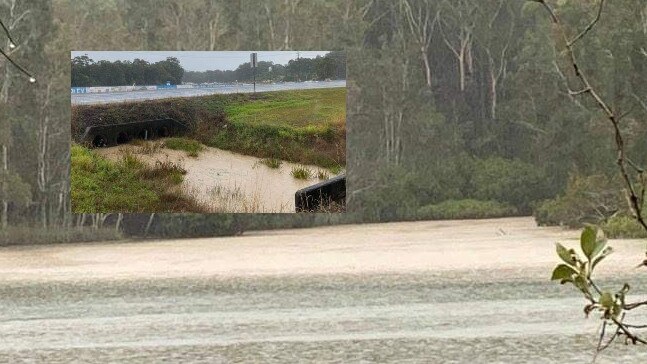
Coffs Harbour
Don't miss out on the headlines from Coffs Harbour. Followed categories will be added to My News.
Video footage and photographs taken in the days after an environmentally sensitive lake was turned brown due to runoff appear to show the remediation efforts of contractors were “inadequate”.
Concerned residents raised a red flag on July 1 after noticing Woolgoolga Lake had turned brown.
After overnight rain, a significant amount of runoff entered the lake via a nearby creek, leading to fears it could harm animal and plant life. It was widely thought the runoff had come from nearby developments.
The Environmental Protection Authority has now confirmed at least two sites, the Wiigulga Sports Complex and a nearby agricultural development, were the sources of the sediment and has taken water samples from the lake.
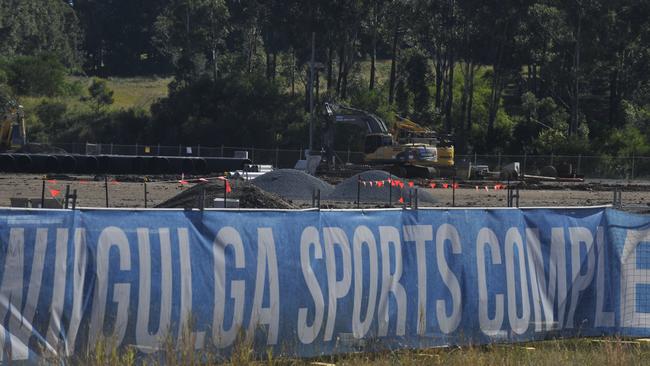
As developers of the Wiigulga Sports Complex Coffs Harbour City Council are responsible for investigating the agricultural development, a nearby blueberry farm, while the EPA investigated the sports development.
A Council spokeswoman said compliance officers had visited the farm several times and “widespread failures” were noted in regard to sediment and erosion control measures with “sediment-laden water observed leaving the site”.
The council has issued notices to those responsible to undertake “immediate works” to prevent further sediment leaving the site.
In its investigations of the Wiigulga Sports Complex, the EPA found “four key sectors” of the site needing improvements to sediment and erosion controls and those findings now throw into question statements made in the event’s aftermath.
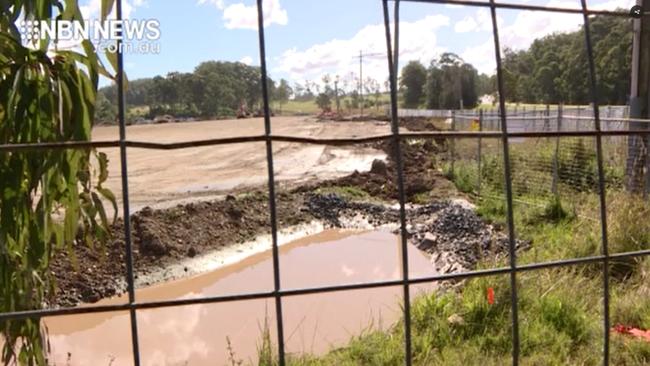
The council said when it was made aware of the issue it contacted the contractor undertaking the works, Lahey Constructions, who “straight away” reviewed their controls. The council said the contractor also increased the levels on the perimeter silt drains and sediment control measures as additional precautions.
However, footage shot by NBN News four days after the event shows loose earth in the south east corner of the sports complex site, just metres from the tributary which carried much of the sediment into the lake.
A photo taken more than a week later, after the visit by the EPA, shows the site remediated with recently laid gravel and plastic sheeting. Sediment is also still visible in the creeks running away from the site.
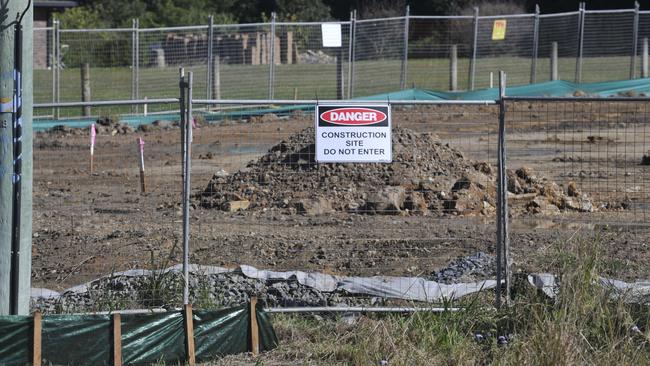
Woolgoolga Lake Working group secretary Karen Dallas said it was devastating to see newly cleared land running into the lake.
Ms Dallas said could see work had occurred to improve sediment controls at the Wiigulga site, but that it was “horrible” it took events such as the one which occurred on July 1 for action to take place.
“Woolgoolga Lake is special and it’s at risk,” she said.
“People need to take responsibility for the damage that is caused by runoff, not only in construction but agricultural and commercial developments too.
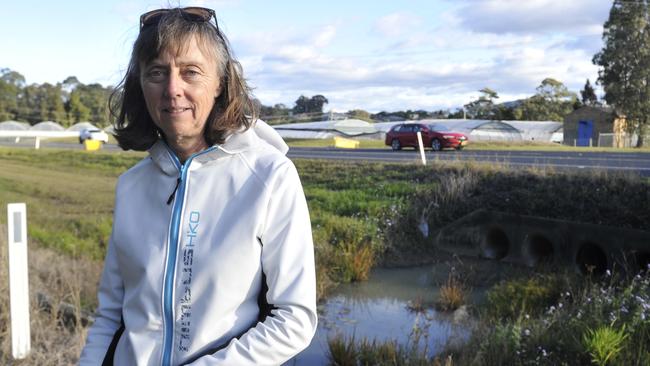
“They need to understand where all this water runoff goes, it doesn't just go down the drain and magically disappear. It ends up in our waterways.”
When asked about the seriousness of the sediment accumulation, the EPA said it was difficult to quantify the impact of high levels of stormwater discharge but it could potentially smother animal and plant life.
“Developments must have appropriate controls in place to prevent sediment leaving the site in the event of rainfall,” they said.
Lahey Constructions was contacted but declined an opportunity to comment.


